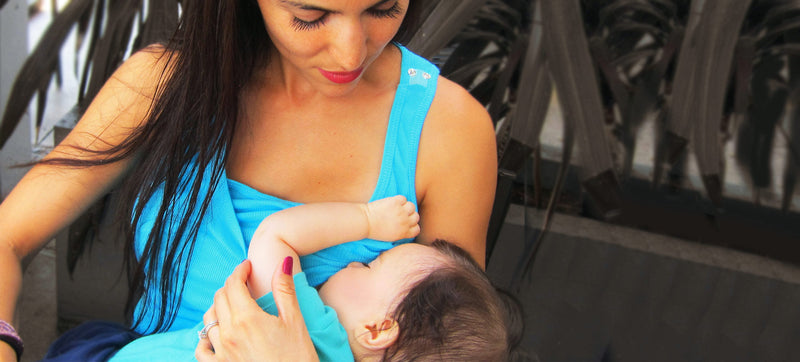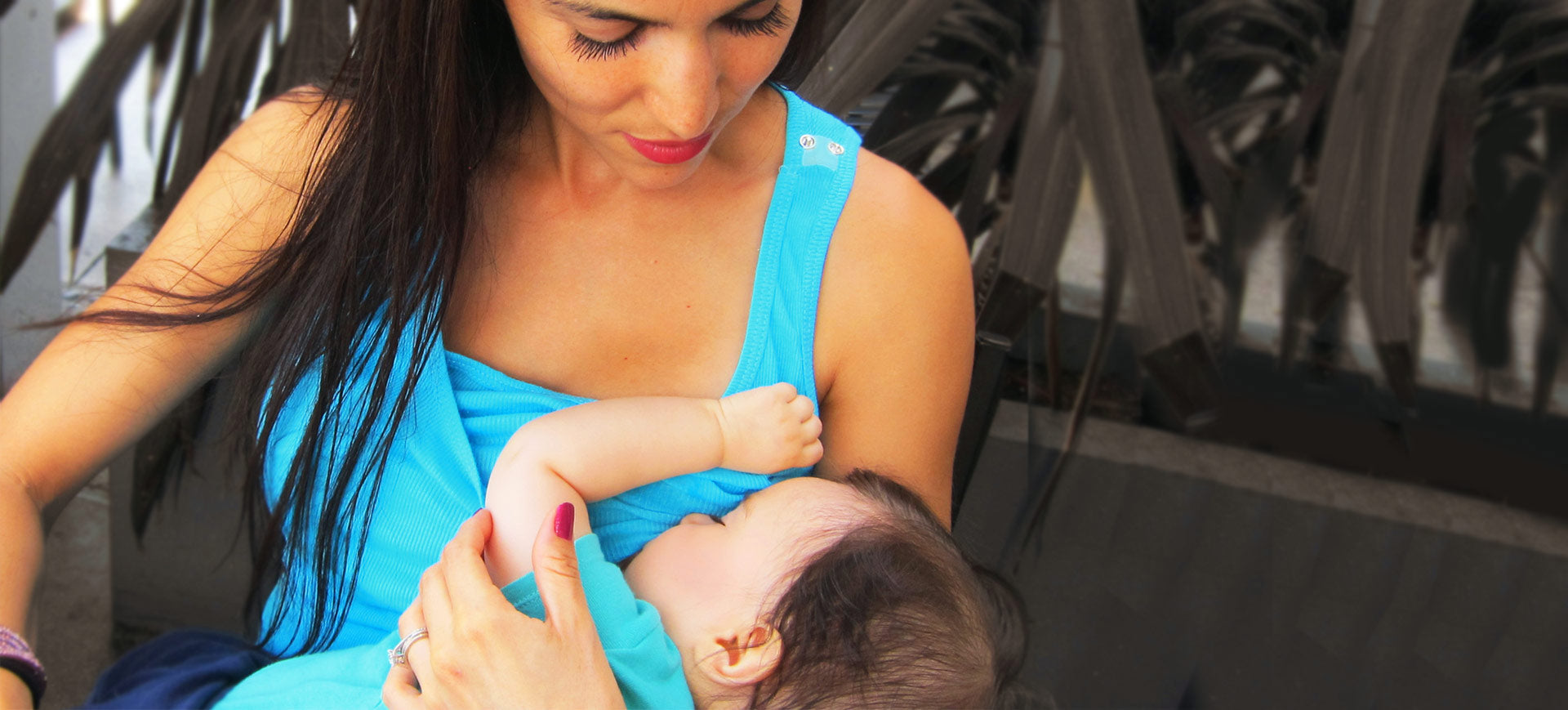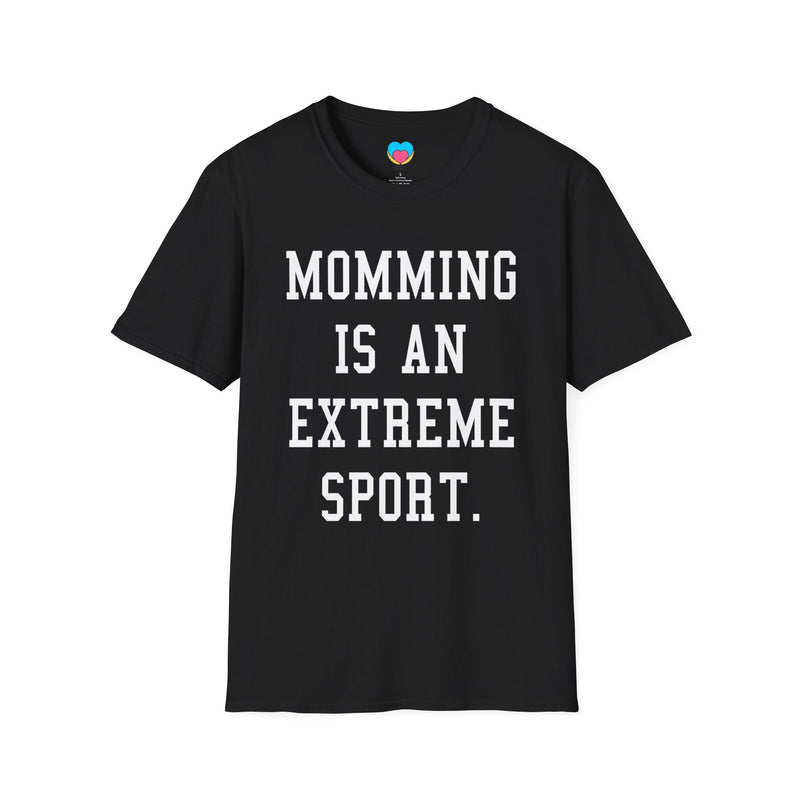
Breastfeeding is one of the most natural and nourishing things you can do for your baby—but that doesn’t mean it comes naturally to everyone. For many new moms, discovering the right breastfeeding position can make a huge difference in establishing a deep latch, preventing nipple pain, and creating a more relaxing nursing experience for both mom and baby.
Finding the right position is about what feels good to you and your baby. Every nursing duo is different—and so is every body! What works for one mom might not feel great for another, so give yourself the grace and flexibility to try a few until you find your groove.
Why Breastfeeding Position Matters
The best nursing position is one that allows:
-
A deep and effective latch, where your baby’s mouth covers more than just the nipple and reaches up toward the roof of their mouth. Try to establish the latch ASAP for breastfeeding success.
-
Proper alignment, so baby’s head, neck, and spine are in a straight line
-
Comfort for mom, especially during longer nursing sessions
-
Relief from pressure, especially if you've had a C-section, sore nipples, or engorgement
Incorrect positioning can lead to:
-
Nipple pain or cracking
-
Baby not getting enough milk
-
Frequent unlatching
-
Plugged ducts or mastitis
Having the right breastfeeding positions down allows you to go from indoors to outdoors, in your home to other spaces, and will create a more long lasting period of breastfeeding for you and baby.
Start with the Basics
Before we get into the different positions, here are a few essentials that make nursing more comfortable:
Props & Supports to Consider:
-
A supportive nursing pillow or Boppy
-
A footstool to raise your knees slightly (especially helpful in the cradle hold)
-
A cozy nursing tank top, nursing sweatshirt, or nursing tee shirt that offers easy access
-
A soft blanket rolled behind baby’s back
-
Nipple balm and burp cloths nearby
Also, if you’re struggling or unsure about baby’s latch or your comfort, connecting with an IBCLC (International Board Certified Lactation Consultant) can be a game-changer. In Los Angeles, The Pump Station in Santa Monica is a top resource and highly recommended.
The Most Common & Effective Nursing Positions
Here are some tried-and-true nursing positions that new moms love. Try them all to see what fits best for your feeding routine and body.

1. Cradle Hold (Classic & Familiar)
This is the most well-known nursing position and often the first one new moms try.
How to:
-
Sit upright with a pillow in your lap
-
Cradle baby’s head in the bend of your elbow on the same side you’re nursing from
-
Baby's head, neck, and body should be in a straight line, tummy-to-tummy with you
-
Use your free hand to support your breast if needed
✅ Great for: Full-term babies, nursing on the go
🛑 May not be ideal for: C-section recovery
2. Cross-Cradle Hold (Control & Precision)
Similar to the cradle hold, but your arms are reversed—giving you more control of baby's head for helping with latch.
How to:
-
Hold baby across your body with the opposite arm from the breast you’re using
-
Use the hand on your nursing side to shape your breast in a “C-hold” for baby to latch
-
Use a nursing pillow or rolled blanket for added support
✅ Great for: Newborns, moms learning to nurse, babies who need help latching
🛑 May require both hands, so less flexible for multitasking

3. Football Hold (Clutch Position)
Just like tucking a football! Baby’s body is tucked under your arm, legs pointing behind you.
How to:
-
Sit in a chair with good arm support
-
Position baby under your arm on the same side you're nursing from
-
Baby's body wraps around your side with feet pointing toward your back
-
Use pillows to support baby’s body and your arm
✅ Great for: Moms with large breasts, C-section recovery, twins
🛑 May not work well without a firm chair or pillow support
4. Side-Lying Position (Rest & Relaxation)
Perfect for night feeds or when you want to rest alongside your baby.
How to:
-
Lie on your side with a pillow under your head
-
Baby lies on their side facing you, mouth at nipple level
-
Pull baby close, keeping their spine straight
-
A small pillow or rolled blanket behind baby’s back can help keep them close
✅ Great for: Night feeds, postpartum recovery, co-sleeping setup
🛑 Not ideal for public feeding unless very discreetly done
5. Laid-Back / Biological Nurturing
This position takes advantage of baby’s natural reflexes. It’s intuitive and relaxed.
How to:
-
Recline slightly on a couch or bed
-
Place baby on your chest with their tummy against yours
-
Baby will naturally root and find the nipple
-
Support as needed, but let gravity help you
✅ Great for: Skin-to-skin time, bonding, new babies
🛑 May not be as precise in latch technique for some
Bonus: Nursing Twins
If you’re breastfeeding twins, the double football hold allows you to nurse both babies simultaneously—tucking each under an arm like little footballs with heads at your chest and feet pointing back.
Tips for Breastfeeding Comfort
-
Wear comfortable nursing apparel like a soft nursing tank top or cozy nursing sweatshirt for easy access.
-
Practice in private until you feel confident enough to nurse in public.
-
Don’t be afraid to adjust during a feeding session if something doesn’t feel right.
-
Use a mirror to check latch position and baby’s alignment.
-
Listen to your body—switch positions if something feels strained or uncomfortable.
When to Seek Help
If breastfeeding continues to feel painful or your baby is struggling to latch, don’t wait—reach out to:
-
A certified lactation consultant (IBCLC)
-
Your pediatrician
-
Local breastfeeding support groups
Breastfeeding is a journey—not a race. It can take time, patience, and experimentation to find the right fit for both you and your baby. Whether you're nursing in a cradle hold, relaxing side-lying, or switching things up with football hold, the most important thing is that you feel comfortable, supported, and empowered.
You've got this, mama. 💗















0 comments